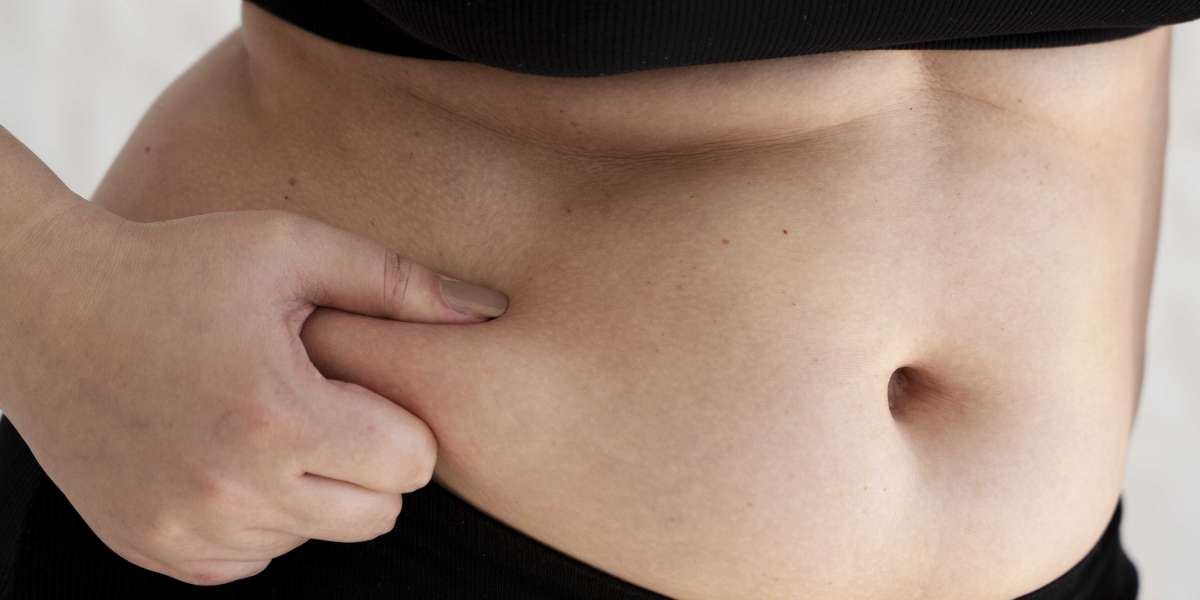The Transformative Journey of Fibroblasts: Before and After Stomach
The human body is an intricate symphony of cells, tissues, and organs that work harmoniously to maintain life. Among the myriad of cells that contribute to this symphony, fibroblasts hold a unique and essential role in shaping the structure and function of various organs, including the stomach. In this article, we delve into the fascinating world of fibroblasts and explore their before-and-after tale within the context of the stomach. Fibroblast before and after stomach.
Understanding Fibroblasts: The Architects of Tissue
Fibroblasts are a type of connective tissue cell that play a fundamental role in wound healing, tissue repair, and maintaining the structural integrity of organs. Their primary function revolves around the production and organization of extracellular matrix (ECM) components, such as collagen, elastin, and proteoglycans. The ECM provides the structural framework that supports cells and tissues, contributing to their strength, flexibility, and overall function.
Before the Stomach: Fibroblasts in Development
Before birth, fibroblasts are actively involved in the intricate process of organogenesis. During embryonic development, fibroblasts contribute to the formation of the stomach by producing ECM components that establish the architecture of the organ. These fibroblasts provide the necessary scaffolding upon which other cells and tissues will develop and interact.
The stomach's early stages of development involve the intricate coordination of various cell types and signals. Fibroblasts work hand in hand with other cells, such as epithelial cells, to establish the distinct layers of the stomach wall, including the mucosa, submucosa, muscularis externa, and serosa. Through their precise production of ECM components, fibroblasts create the environment required for the stomach's proper functioning. Fibroblast before and after stomach.
After the Stomach: Fibroblasts in Homeostasis and Repair
Once the stomach is fully developed, fibroblasts continue to play a critical role in maintaining its health and function. The ECM they produce provides structural support to the stomach's various layers and contributes to its ability to stretch, contract, and withstand the mechanical stresses associated with digestion. Fibroblasts also participate in ongoing tissue turnover, ensuring that damaged or aged ECM components are continuously replaced to keep the stomach's structural integrity intact.
In response to injury, fibroblasts are central to the process of wound healing and tissue repair within the stomach. When the stomach's lining is damaged due to factors like ulcers or inflammation, fibroblasts migrate to the site of injury and initiate the production of ECM components that aid in the healing process. Through their interactions with immune cells, epithelial cells, and blood vessels, fibroblasts orchestrate the repair of damaged tissue, helping to restore the stomach's functionality.
Challenges and Future Perspectives
Despite their vital role, fibroblasts and their behavior within the stomach are still not fully understood. The complex interplay between fibroblasts and other cell types, as well as their response to various physiological and pathological stimuli, remains an active area of research. Understanding these interactions at a molecular level could potentially lead to novel therapeutic strategies for conditions affecting the stomach, such as gastric ulcers, inflammatory bowel disease, and even certain types of cancer.
In Conclusion
Fibroblasts are unsung heroes in the symphony of life, contributing significantly to the development, maintenance, and repair of the stomach. From their role in embryonic organogenesis to their crucial function in tissue repair and homeostasis, these cells are integral to our digestive system's proper function. As our understanding of fibroblasts continues to deepen, we can anticipate more targeted interventions and therapies that harness the power of these cells to treat a variety of stomach-related conditions.







